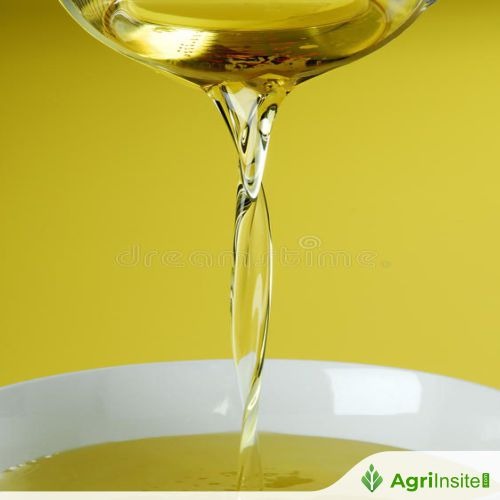Malaysian palm oil rises on

Malaysian palm oil futures rose for the fifth consecutive session, closing at 4,624 ringgit per metric ton, supported by a positive US agricultural supply report and stronger Dalian palm olein. Rival oils like soyoil saw mixed performance. Palm oil imports in the EU and India showed contrasting trends, with palm oil imports down, while soybean imports increased. Oil prices fell, but a weaker ringgit helped palm oil remain attractive.
KUALA LUMPUR: Malaysian palm oil futures settled higher for a fifth straight session on Wednesday, buoyed by a supportive US report on world agricultural supply and demand estimates and stronger Dalian palm olein.
The benchmark palm oil contract for April delivery on the Bursa Malaysia Derivatives Exchange climbed 31 ringgit, or 0.67%, to 4,624 ringgit ($1,034.45) a metric ton at the close.
Malaysian markets were closed on Tuesday for a holiday. Crude palm oil futures were lifted by a stronger rival oilseeds market and a neutral-to-bullish World Agricultural Supply and Demand Estimates (WASDE) oilseeds report from the U.S Department of Agriculture, a Kuala Lumpur-based trader said. Dalian’s most-active soyoil contract fell 0.59%, while its palm oil contract added 1.13%. Soyoil prices on the Chicago Board of Trade were down 0.48%. P
alm oil tracks price movements of rival edible oils, as it competes for a share of the global vegetable oils market. India’s palm oil imports in January fell to their lowest in nearly 14 years as refiners turned to cheaper soyoil, driven by negative refining margins for palm oil, the Solvent Extractors’ Association of India (SEA) said.
European Union soybean imports for the 2024/25 season, which began in July, totalled 8.36 million metric tons by February 9, marking a 10% increase compared with the previous year. Meanwhile, palm oil imports reached 1.73 million tons, a 21% decline from the same period last year, according to data from the European Commission.
Oil prices fell 1%, ending three days of gains, as industry sources pointed to rising US crude stockpiles and hawkish remarks from Fed Chair Jerome Powell that signalled slower rate cuts this year. The ringgit, palm’s currency of trade, weakened 0.07% against the US dollar, making the commodity cheaper for buyers holding foreign currencies.
To read more about Edible Oil News continue reading Agriinsite.com
Source : Business Recorder
















